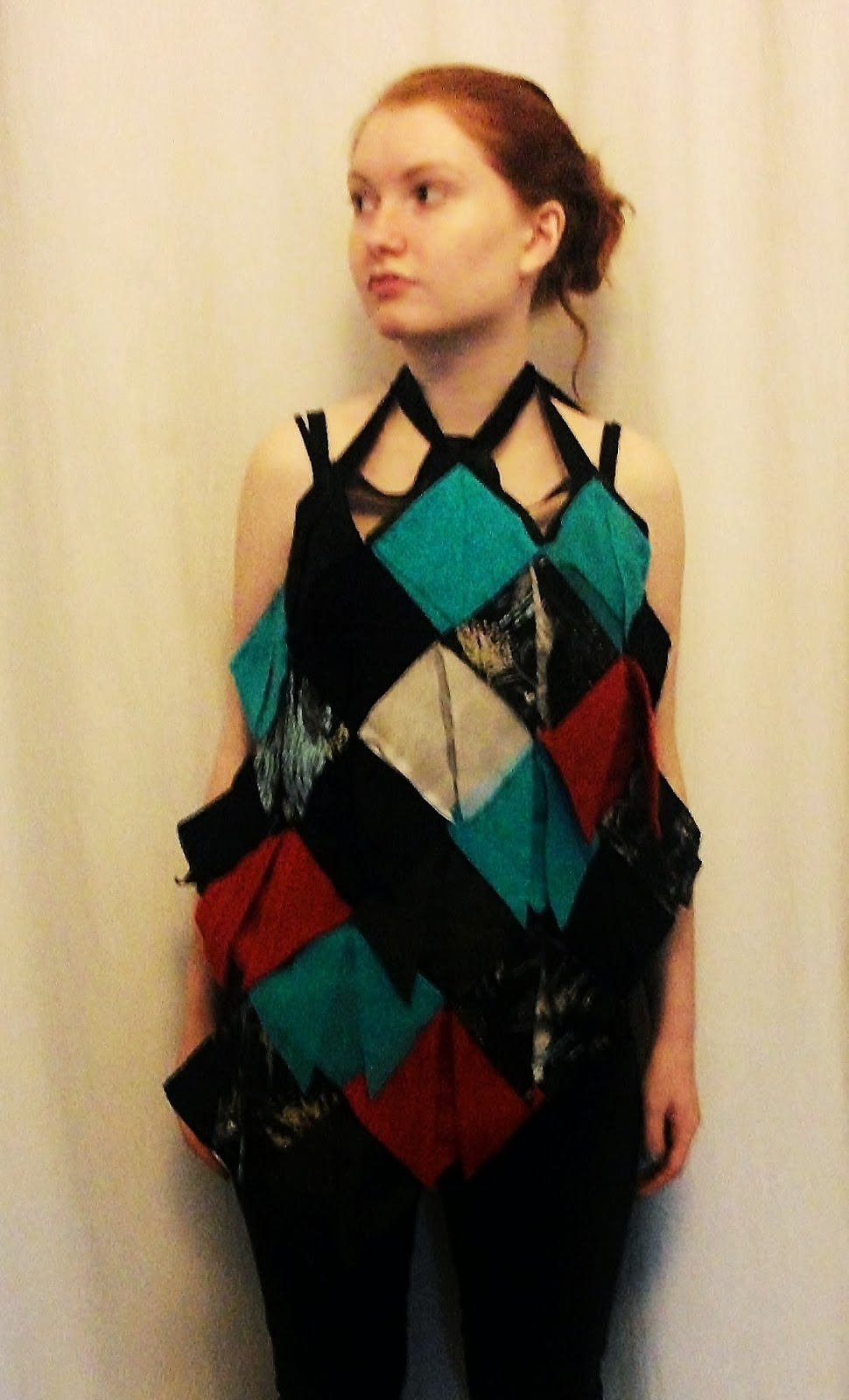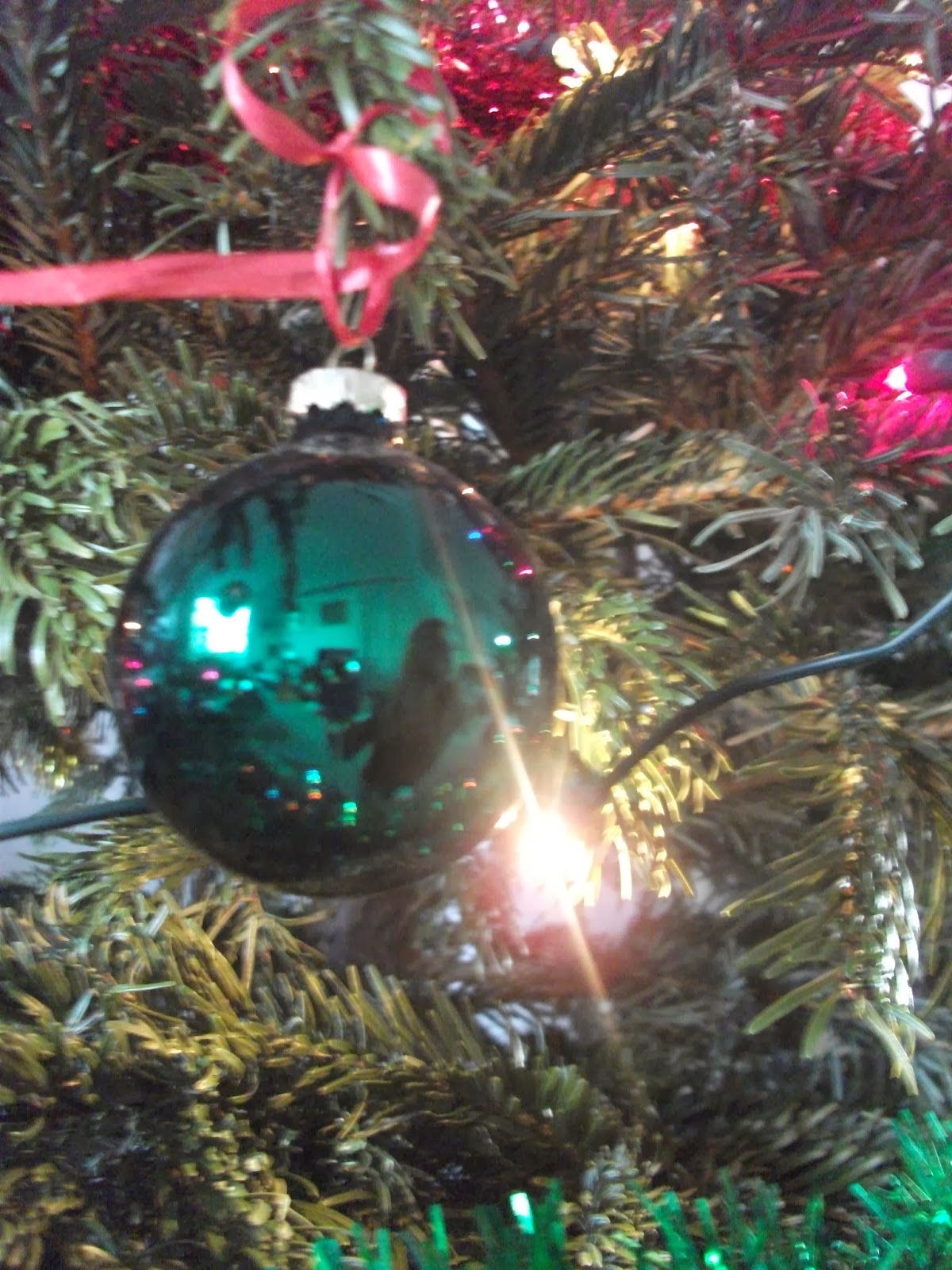 |
| Details on Sportswear Research Photos |
 Sportswear specific clothing took off in the early 20th century in ready-to-wear markets. One of the first couturiers to specialise in sportswear was John Redfern, who in the 1870s began tailoring garments for the increasingly active women who rode, played tennis, went yachting and did archery. Though Redfern intended his designs to be sportswear specific, they were adopted as everyday wear by his clients. This arguably sparked the early 20th century designers such as Chanel, Jean Patou and Elsa Schiaperelli to offer high end sportswear. These couture garments were prescribed to be worn in very specific circumstances.
Sportswear specific clothing took off in the early 20th century in ready-to-wear markets. One of the first couturiers to specialise in sportswear was John Redfern, who in the 1870s began tailoring garments for the increasingly active women who rode, played tennis, went yachting and did archery. Though Redfern intended his designs to be sportswear specific, they were adopted as everyday wear by his clients. This arguably sparked the early 20th century designers such as Chanel, Jean Patou and Elsa Schiaperelli to offer high end sportswear. These couture garments were prescribed to be worn in very specific circumstances.
Since the 2012 Olympics, sportswear influences in fashion are particularly apparent in both highstreet and high-end styles, with designers such as Stella McCartney getting involved and inspiring others by designing sportswear ranges.
From our day out and the images we took we looked at detail and structure to inspire our initial design work:




Using card we created outlines on the stand by looking for patterns in the observational photos we had taken on our research trip. I had never worked in this method before and like he simplicity of the lines that make it easy to follow or challenge traditional silhouettes. I can now use these as a starting point in my design work, taking direct inspiration from highstreet sportswear and carrying it into my final designs with the influence of basic shapes and structure.
Archery:
I chose archery as my main sport inspiration for which I would be designing. Because of its lack of pre-existing conventional uniforms and styles, it gives me more freedom to create my own. Archery, though obsolete since the invention of firearms, was revived in Britain as a pastime in the 18th century. Recreational archery soon became an extravagant social event for the nobility. At this time young women were not only allowed to compete in the contests but retain and show off their sexuality while doing so. Therefore, archery came to act as a forum for introductions, flirtation and romance. It is these themes which particularly inspire me and I hope to convey in my final designs.


























































